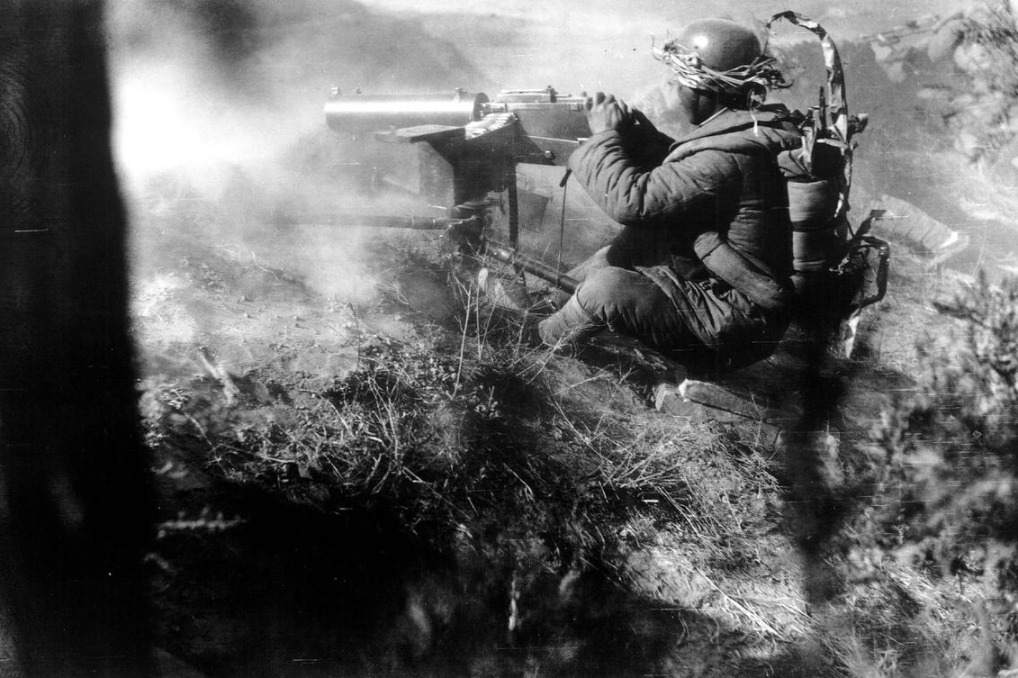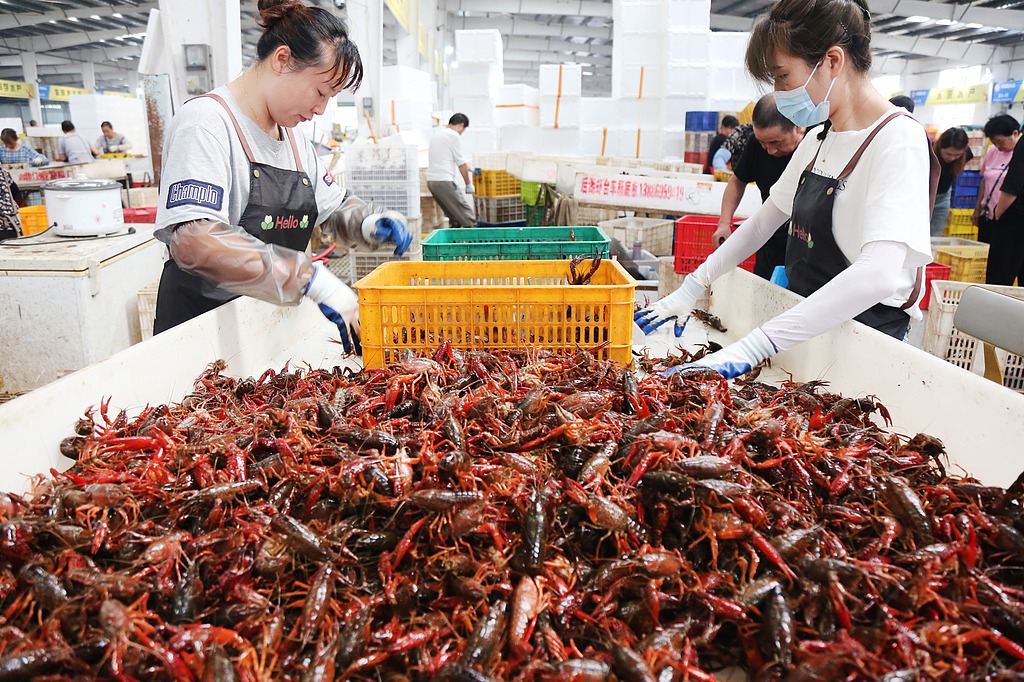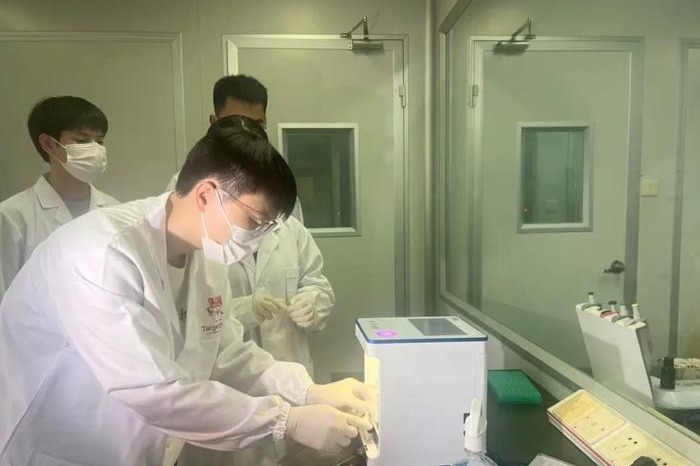Whooping cough rate increasing this year

A sharp increase in whopping cough this year and the infectious disease's rising incidence over the past decade have prompted experts to call for strengthening personal protection and upgrading vaccines and vaccination strategies.
China reported more than 32,000 new cases of the disease in January and February, compared with around 1,400 recorded during the same period last year, according to data released by the National Health Commission.
The monthly number of infections, hovering around 4,000 since August, began rising in November and jumped to over 15,000 in January, leading to 16 deaths so far, data show.
"The pediatrics department handled nearly 300 such cases in March and the increasing number of infections pushed our laboratories to speed up processing of nucleic acid tests," Zhu Yafei, a pediatrician at the Affiliated Hospital of Hangzhou Normal University in Hangzhou, Zhejiang province, said during an interview with local media.
Whooping cough, known clinically as pertussis, is a contagious respiratory infection caused by a bacterium. It spreads mainly through droplets produced by coughing or sneezing and is potentially deadly among infants.
China's free immunization program includes three shots of vaccines against pertussis given to newborns at 3, 4 and 5 months old and a booster shot at 18 months old.
"Currently, many whopping cough cases are preschool kids and children at school because infants and toddlers still retain immunity derived from vaccination," said Zhu.
Shen Hongbing, director of the Chinese Center for Disease Control and Prevention, said during an academic conference in March that despite wide immunization, the incidence rate of whopping cough has been rising in China since 2014.
"It is necessary to reconsider immunization protocols or adjust vaccine components," he said.
The National Health Commission said that due to waning immunity and mutating bacteria, many countries with high vaccination rates are seeing a resurgence of whooping cough.
"The peak age of infection has changed from infants and toddlers to teenagers and adults," said the commission. "Adolescents and grown-ups have become the primary source of infection among babies."
In addition to diminished immunity with age and evolving bacteria, the Shanghai CDC said that the use of more advanced testing methods and the spread of the disease through patients who are not identified promptly due to atypical symptoms have driven up infections.
Zheng Hui, a researcher at the China CDC, said vaccines remain the most economic and effective protection against the disease. Families with children should heighten their precautions and step up personal protective measures.
According to an article released in the Chinese Journal of Epidemiology in March 2023, tackling whooping cough in the long run requires upgrading or developing vaccines that can be administered to the wider population. The paper was headed by Liang Xiaofeng, former director of the China CDC and a public health professor at Jinan University.
Because it will take time to create new vaccines, the article suggested focusing on vaccinating infants and toddlers at high risk of severe disease at present while considering delivering boosters to school-age children, adolescents and adults to reduce their risk of transmitting the disease.
Today's Top News
- Japan must face up to its wartime past
- Vision turns county into green model
- China rolls out new visa type for young science talent
- Cambodia, Thailand urged to engage in dialogue, rebuild trust
- China stays at forefront of global digital growth
- Beautiful China vision has sown the seeds for the blossoming of an ecological civilization: China Daily editorial






























